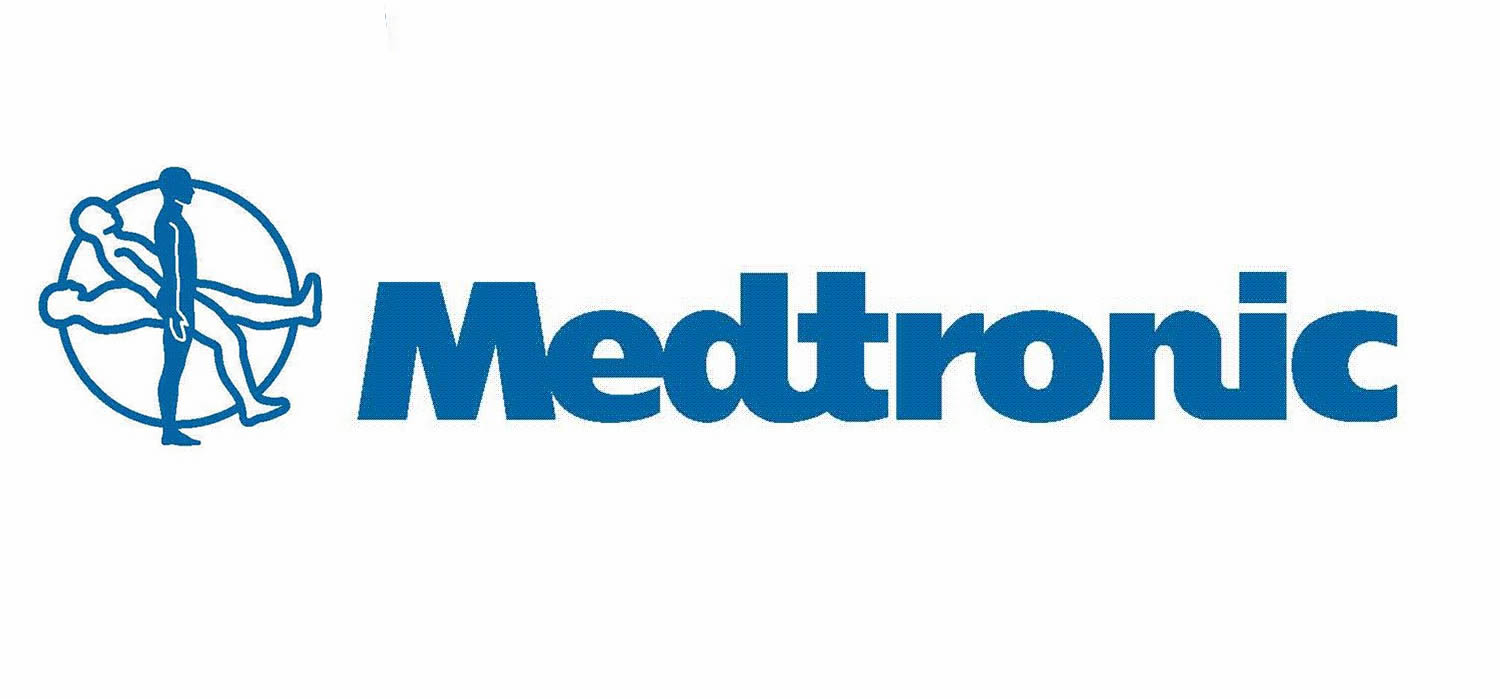By: Dafna Cosidoy
You’re giving an important presentation to your boss, it all goes very well and your boss is pleased. He later informs you that an important client is arriving from Singapore the following day, and he wants you to show him the presentation. The common mistake people make in such cases is the “copy paste,” basically giving the exact same presentation to different people. Even if your boss was enthusiastic, there is no guarantee that the client will react in the same way, especially since they are two totally different people from different cultures with different interests and goals.
We tend to prepare ourselves before presentations or meetings; we go over the important points in our heads, we review the presentation, and we even think about what to wear. But we rarely focus on the main purpose of our presentation: the audience. Whether it’s a one-on-one meeting or a lecture given to hundreds of people, the audience is the target of your message. The following eight questions will help you analyze your audience in advance and ensure that you transmit your messages in the correct way:
- What is the common denominator of the audience? What do they all have in common? Are they all on the same level on the business hierarchy, or experts in the same field of knowledge? Figure out the common denominator and appeal to that.
- Why are they there? What is the goal of the meeting, and what is the desired result from their perspective? What is the KPI that they would rate from the meeting or presentation? Make sure the audience feels like this was a good use of their time.
- What is expected of me? Try to think what your audience wants from you based on your status and theirs. For example, if you’re new to the job and you’re presenting to the organization’s decision makers, remember they are examining not just your presentation, but you as an employee. If they are senior decision makers, they probably expect you not to reach a conclusion, but to present them with a subject and give them the honor of reaching a decision.
- What will be the most common questions? Try to anticipate your audience’s questions; what are some potential things they might find confusing? You can try to make some extra slides just for yourself with the answers to some of these questions.
- What will be the strongest objections? There are those who call this “frequent and explosive questions,” but objections aren’t necessarily through questions. Rather, they are reactions, comments, or expressions. You can anticipate them based on previous meetings you’ve attended – what was most objected to: Budget? Damaging the time schedule? Potential downfalls? Identifying objections has great value in solidifying your position and softening any opposition.
- What are the points of sensitivity? There are some sensitivities that we should know about in advance so as not to embarrass ourselves or to cause tension among the audience. For instance, you should probably avoid topics like organization politics, someone getting fired, a recent failure etc. Be sensitive to these things, as well as physical sensitivities, such as someone in the crowd who has hearing problems.
- Who are the key people? Preparation can help you with lobbying before the presentation, preparing the ground, as well as during the presentation itself. If there is someone whom you know to carry a lot of weight, you can give him more of a “say,” or even ask for his opinion. If he has a question and others do as well, you can call on him to ask first, or give his question more attention.
- How does my audience like to acquire information? With or without PowerPoint, videos, etc.? This doesn’t go for just presentation tools but also the substance. Maybe you’re speaking to an administrative team that prefers the “bottom line” – short and focused – or maybe your audience are managers who prefer micro-management and want to hear some background, understand all the data. Knowing what your audience likes and what they’re used to is an extremely important tool in your arsenal.
Different audiences grasp messages in different ways. We have to do some fine-tuning to our presentation before bringing it to different audiences, just as we change our CV before submitting it to different workplaces. We emphasize various qualities and values that will suit each company to which we submit. It’s the same with presentations – the basis will remain the same, but the specific audience should be taken into account. This way, your messages will be transmitted in the best possible way.








Recent Comments